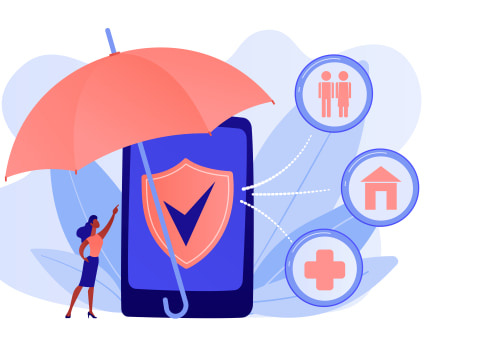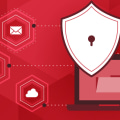As organizations continue to face increasing security threats, the implementation of access control policies is essential for protecting sensitive data. Access control policies help organizations reduce the risk of unauthorized access and ensure that only the right people have access to the right resources. This article explores the importance of access control policies and how organizations can implement them effectively. From understanding different access control models to creating secure authentication procedures, this article provides a comprehensive guide to developing robust access control policies that can help organizations mitigate risk and ensure data security.
Access control policies
should be designed to ensure that only authorized individuals have access to PHI.It is important to consider who needs access to PHI, when they need access, and the level of access they should have. Access control policies should include detailed rules and procedures regarding who can access PHI and how they can access it. It is also important to consider the various forms of access that can be used, such as physical, technical, and logical access. When developing an access control policy, organizations should consider their overall security objectives and the types of risks that may be present.
Organizations should also consider the types of PHI that will be accessed, the methods used to access it, and any restrictions that may be placed on access. Organizations should also ensure that all users who have access to PHI are properly trained on the appropriate security protocols. Organizations should also consider various technical controls when implementing access control policies. These controls may include authentication processes, encryption technologies, and audit logging protocols. Authentication processes help to ensure that only authorized individuals can access PHI.
Encryption technologies help to protect the confidentiality and integrity of PHI by ensuring that it is only accessible by authorized individuals. Audit logging protocols help organizations track who has accessed PHI and when it was accessed. Organizations should also take steps to ensure that their access control policies are regularly reviewed and updated as necessary. This helps to ensure that any changes in technology or processes are taken into account when determining who has access to PHI and how they can access it. Organizations should also document any changes made to their access control policies to ensure that all authorized individuals are aware of any changes that have been made.
Conclusion
Access control policies are an essential component of HIPAA security risk analysis and risk mitigation strategies.Organizations must ensure that their access control policies are properly implemented and enforced in order to protect the confidentiality, integrity, and availability of PHI. By taking the necessary steps to ensure proper implementation of access control policies, organizations can help protect against unauthorized access and ensure compliance with HIPAA regulations.
Ensuring Proper Implementation of Access Control Policies
Organizations must ensure that all access control policies are properly implemented and enforced. This includes regularly monitoring user activity to ensure that only authorized individuals have access to PHI. Organizations should also consider implementing additional measures such as password complexity requirements, two-factor authentication, or other measures to help protect against unauthorized access.It is also important for organizations to ensure that any changes made to their access control policies are properly documented. Access control policies are an essential component of HIPAA security risk analysis and risk mitigation strategies. By taking the necessary steps to ensure proper implementation of these policies, organizations can help protect against unauthorized access, maintain compliance with HIPAA regulations, and protect the privacy and security of an individual’s health information. Organizations should ensure that access control policies are regularly monitored and updated to reduce risk and ensure compliance.
In addition, organizations should consider incorporating additional security measures such as encryption and multi-factor authentication to further secure protected health information.








Leave Message